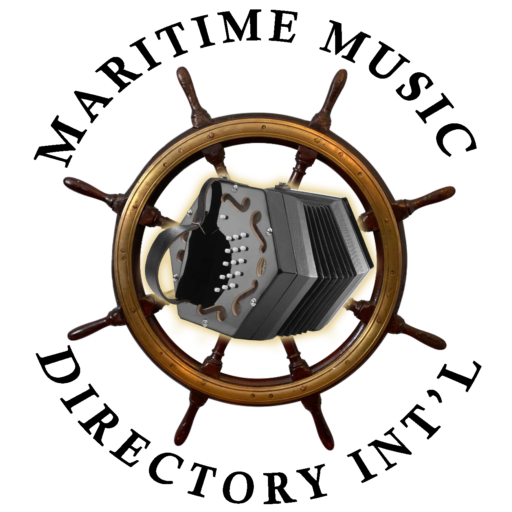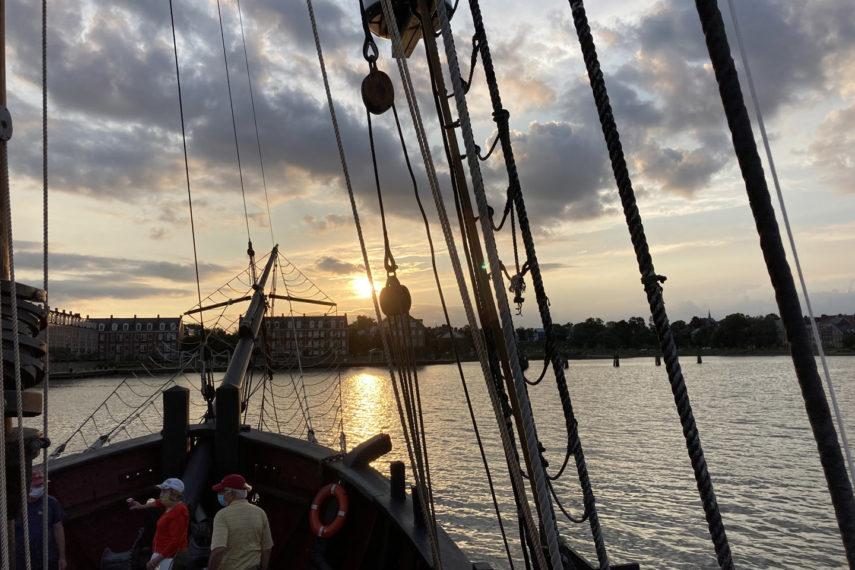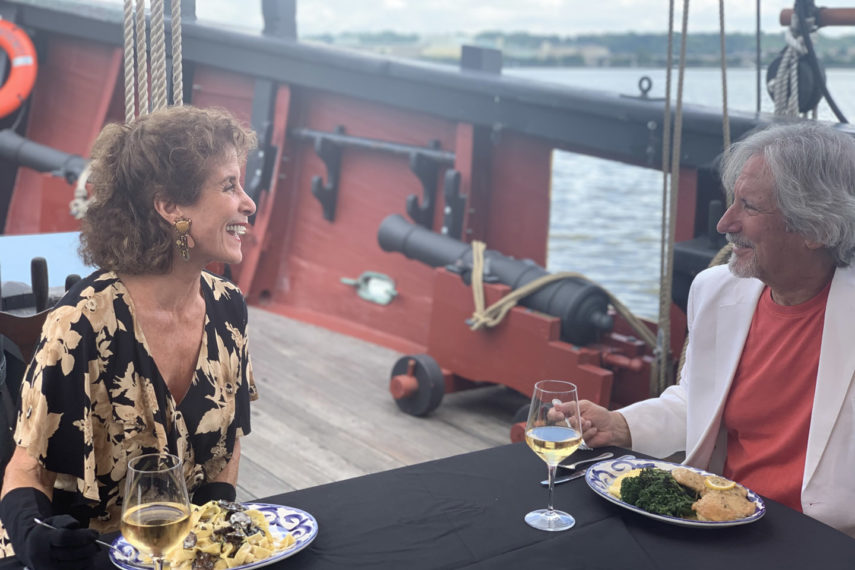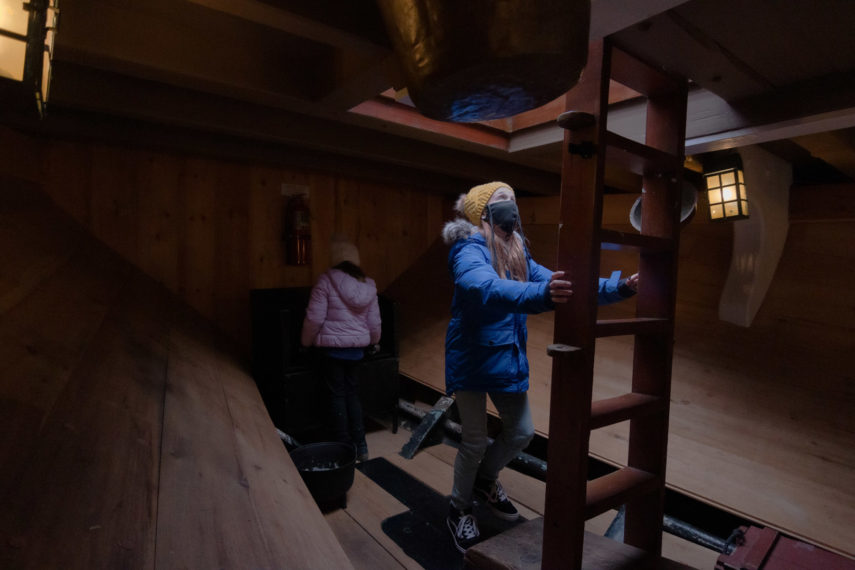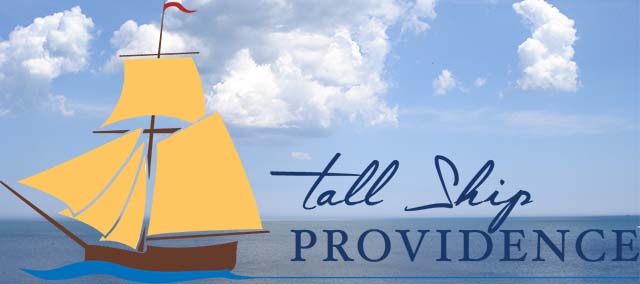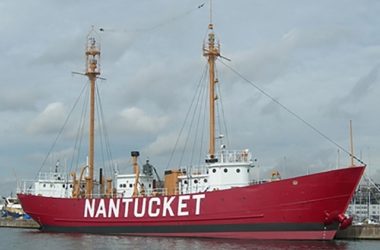Overview
In 1966, a young Harvard graduate in Rhode Island with a passion for naval history noted that the American Bicentennial was approaching.
No one else seemed to be paying any attention to this milestone event just yet, but John Fitzhugh Millar thought that Newport, as the heart of a maritime state and the place which prompted the founding of the Continental Navy, ought to contribute to the expected national celebration by focusing on the maritime aspect of Revolutionary history. Eventually, Millar selected five ships he thought could tell the story of the birth of the navy and set about getting reproductions built. Surely, with this much lead time, money could be raised and ships could be launched. Surely, many people would be interested and financially supportive.
Or not. While plenty of people thought that a tall ship celebration was a fine idea, no one was willing to contribute funds. So Millar turned to a local bank in 1968, the manager of which initially gathered the staff together for the express purpose of laughing at the young man and his idea of building five full-size Revolutionary-era ships. When Millar persisted, the manager promised $250,000 to build one ship if a shipyard could be found that would do it for that little. The manager then sent Millar on his way, never expecting to see the young man again. But the bank manager underestimated him – a few months later, Millar found an experienced shipyard in Canada in need of additional work and returned to the bank to collect his loan. The manager had to give it to him.
This loan was not to build the replica of Providence, but one of her early enemies, HMS Rose.
Given his financial limitations, Millar chose to build Rose, the largest of his envisioned fleet because of all the stories it could tell. It took several years, but Rose was launched in 1970 and created a lot of interest. Rhode Island’s Lieutenant Governor made Millar a founding member of the Rhode Island Bicentennial Commission and Millar promptly suggested that the Rhode Island Commission invite the commissions of other states to band together into a larger organization to raise money. The resulting Bicentennial Council of the Thirteen Original States was able to raise millions for bicentennial projects over the next few years.
By 1973, they had enough money to move forward with the next part of Millar’s plan. He created a nonprofit organization dubbed the Seaport ’76 Foundation for the purpose of taking responsibility for Rose off Millar’s shoulders and to fund the construction of the additional ships, starting with Providence. These men, mostly former naval and marine officers, insisted that the replica of a ship as important to the American Revolution as Providence must be built in the United States. Millar argued that the cost differential was prohibitive – the Canadian shipyard he’d used for Rose could build Providence for $150,000, but building her in Rhode Island would cost $1.6M. The board was unmoved. Providence had to be built in the United States.
Alexandria
VA
USA
